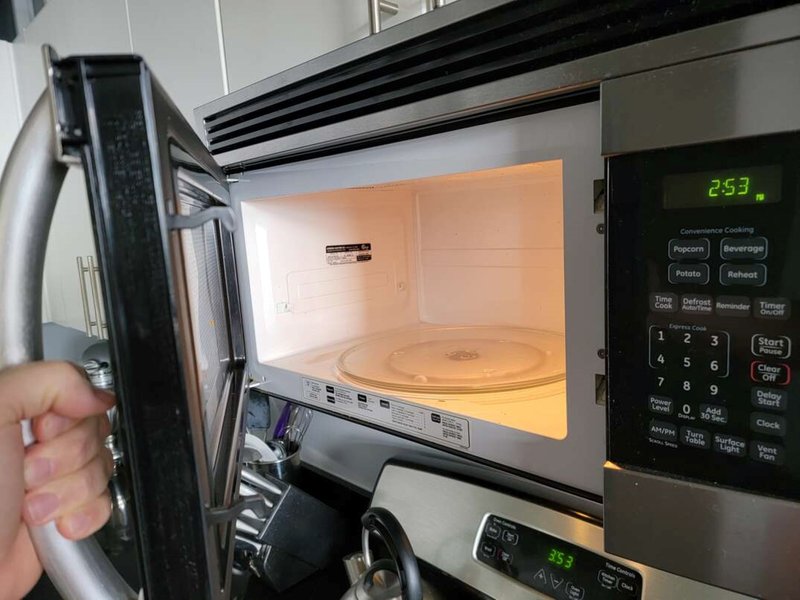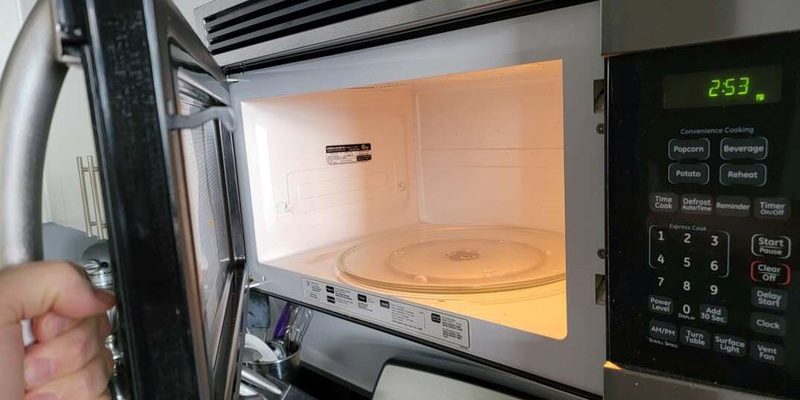
Now, you might be wondering, “Is there a way to avoid this error?” The good news is that, yes, with a bit of knowledge and some simple precautions, you can prevent this pesky problem from interrupting your culinary adventures. Let’s delve deeper into understanding what causes the Error Code F1 and how you can safeguard your appliance against it.
Understanding Error Code F1
Before getting into prevention, let’s talk about what makes this error pop up. The F1 error is mostly linked to a **problem with the touchpad or control board**. Think of it like a miscommunication between your brain (control board) and your hands (touchpad); if the signals get mixed, your kitchen activity grinds to a halt.
The root causes are usually **moisture and grease**, which can seep into the control panel when you cook. It’s like getting water in your phone—electronics and moisture don’t mix well. Over time, even the best microwaves can fall victim to these elements, especially if they’re not kept clean and dry.
Worse yet, if left unchecked, this issue could escalate, leading to more serious hardware failures. Not only does this mean more inconvenience, but it could also translate to costly repairs or even a total replacement. Thus, understanding these causes is your first step toward prevention.
Simple Tips to Keep Error Code F1 at Bay
So, how do you keep your trusty kitchen companion running smoothly? Let’s dive into a few simple tips that will reduce the chance of encountering this frustrating error.
First, it’s crucial to **keep your microwave clean and dry**. After each use, make it a habit to wipe down any spills. Use a soft, damp cloth, and avoid harsh chemicals that might do more harm than good. Just like you’d care for your car, a little maintenance goes a long way. This simple step helps prevent the buildup of grease and moisture that can damage the controls.
Next, consider **ventilation**. Ensure your microwave’s surroundings are well-ventilated, especially if it’s over the stove, where steam and heat could exacerbate the problem. Think of it as giving your microwave room to breathe. Opening a window or using an exhaust fan while cooking can help drastically.
Finally, in case of exposure to excessive steam or water, give your microwave some time to dry out before using it again. Much like you’d allow wet shoes some time to air dry rather than shoving them into a closet, let your appliance dissipate any moisture naturally.
When to Seek Professional Help
Despite your best efforts, sometimes the F1 code might persist. When should you throw in the towel and seek professional help? If you’ve cleaned, aired out, and followed all preventative steps, yet the error still insists on showing up, it might be time to call in the experts.
A licensed technician can perform a **thorough inspection** and identify issues inside the microwave that aren’t visible to the naked eye. It’s like taking your car to a mechanic for a check-up when it’s making strange noises—you want a pro to look under the hood.
Scheduling regular maintenance checks can also be a great way to prevent future problems. Routine care helps catch issues before they become major headaches, ensuring your microwave lives a long and hassle-free life.
Embracing Good Habits for a Long-lasting Microwave
One of the best ways to keep your Samsung microwave error-free is to establish some long-term good habits. This isn’t just about fixing problems but **preventing them from happening** in the first place.
Think of it this way: just as you would brush your teeth daily to avoid cavities, regular care can stave off these pesky electronic issues. By implementing the steps we’ve discussed consistently, you’re setting your microwave up for a long, happy, and functional life in your kitchen.
In conclusion, while the F1 error code can be a nuisance, it’s not an insurmountable one. With **understanding, vigilance, and consistent care**, you can greatly reduce the odds of encountering this issue in the future. Your microwave is more than just an appliance—it’s a daily workhorse, deserving of some attention and care. Remember, a little effort today means fewer headaches tomorrow. Happy cooking!
